Super User
Rethink Paper: Meet emtec Electronic at MIAC 2020
The company starts the celebration of its 25th anniversary in October in Lucca
The German company emtec Electronic GmbH develops, produces and sells testing technologies worldwide and celebrates its 25th anniversary starting at MIAC 2020 in October in Lucca, Italy at booth no. 103. The company is proud of what has been achieved over the past few decades and looks back on successful businesses as well as great partnerships.
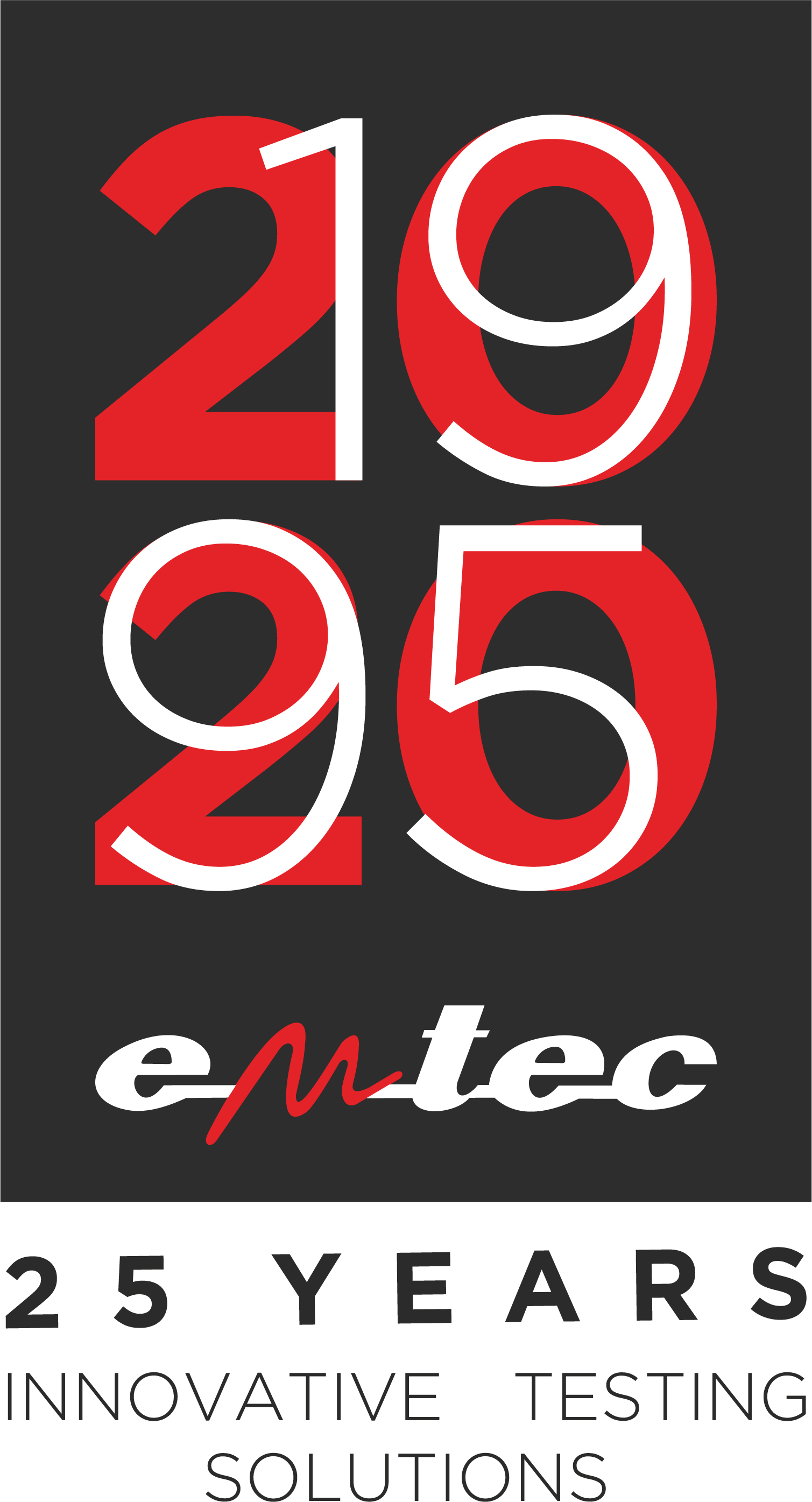 In 1995 the company started with one device and four employees within the paper industry. Its founder and General Manager, Mr. Giselher Gruener developed a new measuring device for liquid penetration PDA Penetration Dynamics Analyzer to predict the gluing, printing and coating behavior of paper and board. Beside other developments the company introduced the first objective softness measuring device in 2006 to the tissue industry. The emtec TSA Tissue Softness Analyzer is probably the biggest success in emtec’s history. This success story is likely to continue in the textile and nonwovens industry, where manufacturers, chemical suppliers etc. have similar concerns, the haptic properties of a textile or nonwoven product are of utmost importance for consumers.
In 1995 the company started with one device and four employees within the paper industry. Its founder and General Manager, Mr. Giselher Gruener developed a new measuring device for liquid penetration PDA Penetration Dynamics Analyzer to predict the gluing, printing and coating behavior of paper and board. Beside other developments the company introduced the first objective softness measuring device in 2006 to the tissue industry. The emtec TSA Tissue Softness Analyzer is probably the biggest success in emtec’s history. This success story is likely to continue in the textile and nonwovens industry, where manufacturers, chemical suppliers etc. have similar concerns, the haptic properties of a textile or nonwoven product are of utmost importance for consumers.
A further milestone was the introduction of the emtec ACA Ash Content Analyzer in 2012, which allows the determination of the total ash content as well as the individual minerals and fillers in paper and board non-destructive within seconds. The latest innovation for the pulp and paper industry is coming from a close partnership with AFG Analytics GmbH. The improved and new designed CAS touch! Charge Analyzing System and FPA touch! Fiber Potential Analyzer have been introduced in 2016. The two updated and upgraded test devices didn´t change their measuring principle, but with their small size and light weight, it is easy to carry them, the touchscreen enables an easy and intuitive handling and with the PC software deeper analyses of the tested material are possible.
In the meanwhile, the company has around 32 employees and offers 13 different devices with several modules in more than 80 countries with a global sales network of 32 independent representatives. All devices of the emtec product range are self-developed and unique on the market.
If you have the chance to visit MIAC 2020, feel welcomed at emtec booth no. 103 to have a look to the emtec testing equipment, clink glasses with emtec staff Philipp Sievers and Ullrich (Ulli) Kasten, have a tiny snack with the Italian representatives Riccardo Cossi (Qi Srl) and Massimo Rossi (Metreo Srl), discuss ideas, get open questions answered or own samples tested live.
Valter Canelli is the new Sales Director of A.Celli Paper
A.Celli Paper Spa, a company specializing in technological solutions for the manufacturing of Tissue plants and winders but with an ever-increasing presence in all sectors of the paper industry, announces the appointment of Valter Canelli as the new Sales Director.
After graduating in Mechanical Engineering at the Polytechnic University of Turin, Valter grows professionally in Beloit where he holds various professional positions ranging from the design, research and development of new products and applications, up to consolidating his role as Sales Director of PMT in Pinerolo. In his thirty years of experience he has gained countless international experiences in the paper industry both from a technical and a commercial point of view.
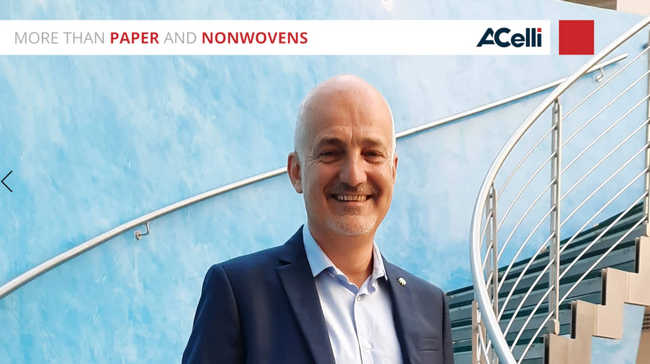
"It is a source of great pride for me to start this new phase in my professional career by joining a company that, for almost a century now, has been a real reference point in the paper industry" – says Valter Canelli, a few weeks after joining the company – “Despite the difficulties related to the current health emergency situation, I see great potential and as many development opportunities for an historic Italian company. I am sure that, thanks to the dynamism of A.Celli Paper, we will be able to strengthen and extend our presence as a strategic partner for paper producers"
The entire team of the A.Celli group wishes Valter a "welcome aboard" with a view to important goals to be achieved together.
SCA discontinues publication paper and invests in pulp production
 SCA has decided to discontinue the production of publication paper and to invest SEK 1,45bn in the production of chemically pre-treated thermo-mechanical pulp (CTMP) at the Ortviken industrial site in Sundsvall. The decision has been preceded by consultations with employee representatives.
SCA has decided to discontinue the production of publication paper and to invest SEK 1,45bn in the production of chemically pre-treated thermo-mechanical pulp (CTMP) at the Ortviken industrial site in Sundsvall. The decision has been preceded by consultations with employee representatives.
The proposed restructuring plan for Ortviken paper mill was announced on August 26. Following the conclusion of negotiations with employee representatives regarding the closure of publication paper production, consultations will now commence regarding the consequences of this closure for the employees. Approximately 800 employees are affected, most of whom are located at the Ortviken paper mill.
“Publication paper is a product with a declining market and we now entirely leave this product area, this enables us to focus on products with healthy growth and good prospects for the future,” says Ulf Larsson, SCA’s CEO. “The plans we are now carrying out will have significant impact and now, together with representatives of our employees, we will seek the best possible solutions for those affected.”
Toscotec launches new OPTIMA rewinders for top winding quality and efficiency
Following a complete design upgrade of its rewinder line, Toscotec launched the new OPTIMA rewinders. The new line has achieved recognition in the market with eight rewinders already sold in Europe, North America and Asia, including single and double width machines. With six OPTIMA lines as part of turnkey orders by C.A.S. Paper Mill in Thailand, Paloma in Slovenia, Cartiera Confalone in Italy and Essel in Turkey, Toscotec further strengthens its position as advanced technology supplier of complete lines from the tissue machine down to the rewinder. The other two rewinders were sold to leading tissue manufacturers that remain confidential.
The new OPTIMA line preserves the bulk and softness of the parent reels and boosts winding performance, thereby increasing the overall production efficiency.
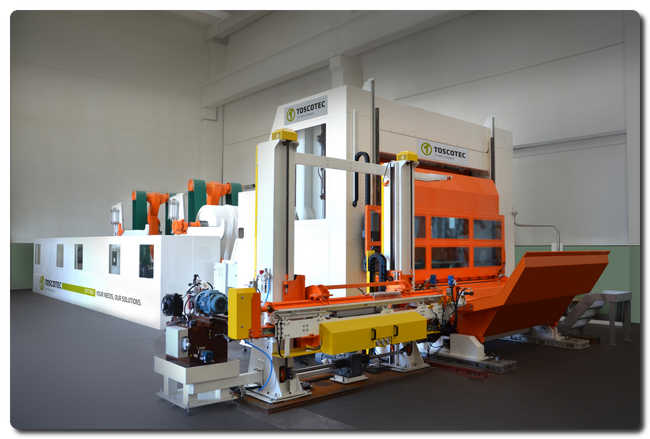 Toscotec’s OPTIMA rewinder.
Toscotec’s OPTIMA rewinder.
Securing softness and quality
Through an innovative combination of center wind assist control of the parent reels, unwinding web tensioning system and rewinding nip control system, OPTIMA rewinders preserve tissue quality and deliver optimal reel uniformity.
The unwinding stands feature a compensation system for out-of-round parent reels and a Center Wind Assist (CWA) control, which consists of a combination of belt driven and center drive system, which reduces the pressure applied on the paper by the belts of the unwinding stands. Compared with different systems available on the market, this system reduces the generation of dust and the installed power, which is shared between the belt and the CWA through a motor torque sharing design.
OPTIMA’s efficient web tensioning system avoids elongation loss throughout the rewinder. This is achieved by continuously and precisely controlling the speed of the drive motors, also during machine acceleration and deceleration, in order to carefully guide the paper down to the rewinding station, while avoiding stretching it.
The rewinding section features an automatic nip control system, operating through the load cells installed on the rider roll and the core chucks, which send continuous feedback to the control system, so that the actual thickness and bulk of the wound reel is detected and adjusted in real time.
As a result, bulk loss is guaranteed to be less than 3% and the elongation loss below 2 units.
Higher production efficiency
OPTIMA control system delivers the highest operation accuracy by ensuring that the wound reels have the same length and density. Uniform reel density throughout the mill’s working shifts results in an increase of winding efficiency and ultimately converting efficiency.
OPTIMA’s nip control system and the consequent preservation of the bulk properties of the parent reels allow for a reduction of the creping ratio set on the tissue machine, thereby avoiding slowing down the tissue machine and reducing its daily production because of excessive elongation on the rewinder. This results in an increase in the overall efficiency of the tissue line.
The OPTIMA rewinder line can be equipped with a fully automated shaft puller, featuring compact design for easy transportation and installation in limited space, and optimal alignment between the wound reel and the puller.
For further information, please contact: Marco Dalle Piagge, Sales Director, Toscotec Tissue division, This email address is being protected from spambots. You need JavaScript enabled to view it.
Sappi announces a significant step towards climate neutrality through the upgrade of boiler 11 at its SEU Gratkorn mill
As part of Sappi’s global long term commitment to sustainability and the focus it has on climate action a decision has been reached to invest in a complete modernisation of boiler 11 at the Sappi Europe Gratkorn production site. This investment into state-of-the-art technology will see a shift from a coal boiler to a multi fuel boiler in two phases with the goal to finally use only sustainable and renewable fuels. “The rebuild is an important investment in our sustainable pulp and paper production and a further important contribution to climate protection. It allows Gratkorn mill to reduce its CO2 emissions by 30 % and is a big commitment to boosting the decarbonisation of our sector”, says Berry Wiersum, CEO Sappi Europe.
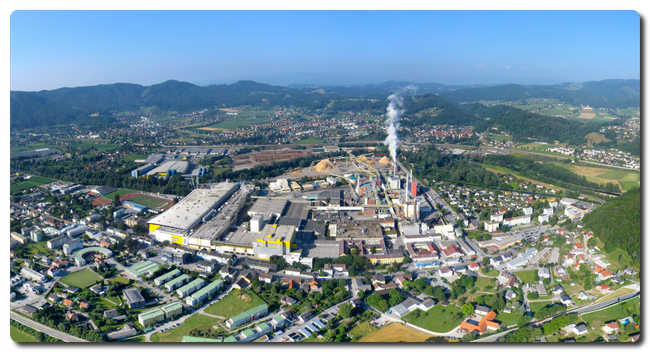
This investment is part of an overall larger scale decarbonisation strategy for Sappi Europe, which in the near term seeks to deliver a 25% specific greenhouse gas reduction by 2025.
The chosen technology for the project will additionally allow us to sharply reduce dust and NOX emissions.
In June 2020, Sappi Limited committed to set science-based targets through the Science Based Targets initiative (SBTi). The SBTi is a collaboration between CDP, the United Nations Global Compact, World Resources Institute (WRI) and the World Wide Fund for Nature (WWF).
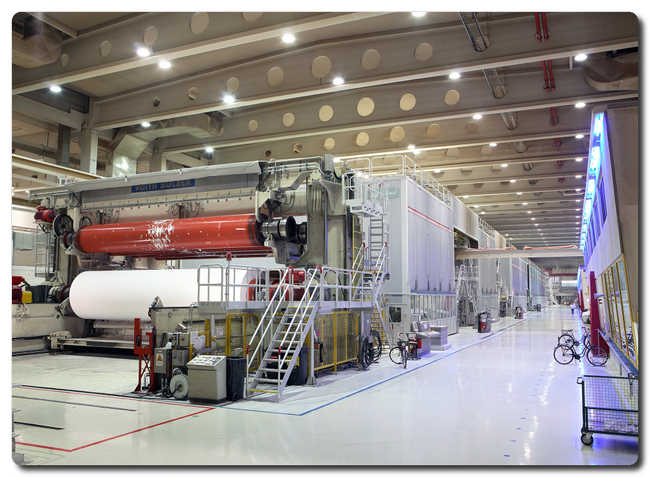
Gratkorn is the largest production site within Sappi Europe and manufactures high quality coated woodfree paper for the printing and writing market distributing globally. Sappi has realised several investments over the years, which have kept the Gratkorn site technologically ahead with its facilities housing one of the largest and most advanced coated fine paper production lines in the world. This further investment proves Sappi steadfast commitment to not only maintaining and improving its production sites but to helping themselves and their customers on their sustainability journeys.
The rebuild is expected to be complete in late 2021.
New PMP Intelli-Reel® to be delivered for one of the leading global hygiene company, to a paper mill in France!
One of the leading global hygiene company reached an agreement with PMP (Paper Machinery Producer) for a new project execution of design, production and commissioning of a new reel Intelli-Reel® in a paper mill, located in France. The contract was signed in July, 2020. The customer is one of the leading global hygiene and health company. This is the first common project of both companies.
A tissue machine produces tissue (basis range from 12 to 24 gsm) from virgin fibers. Its operating speed is 1600 mpm and its reel trim is 5400 mm. A replacement of the reel section is caused by a weak condition of an existing unit and a necessity of implementation of changes related to safety standards.
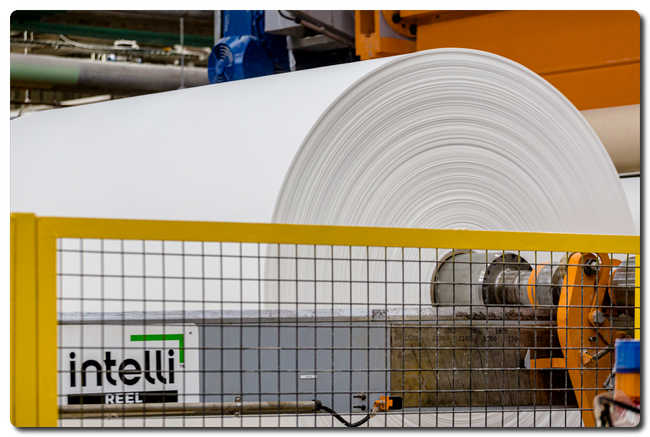
PMP Intelli-Reel® is a section designed by using state-of-the-art technology to ensure a precisely repeatable, efficient and safe winding process. It is characterized by simple and open structure enabling easy control. Reels provided by PMP guarantees perfect parent roll and continuous & high speed reeling process.
PMP will provide the complete new reel Intelli-Reel® with controls, a hydraulic unit, necessary installations on site, a tail cutter and controls (PLC). Moreover, the scope of supply contains assembly of a new component and disassembly of an existing one. A finalization of the project is scheduled for spring, 2021.
So far, PMP has executed over 100 projects (on 6 continents) of reel section deliveries for tissue and paper machines.
A.CELLI PAPER ACQUIRES PMT ITALIA
With this operation, A.Celli Paper acquires the intellectual property of the historic Piedmontese company, becoming the main player in the sector, lead by a 100% Italian ownership.
A.CELLI PAPER SPA, main affiliate of ITALIA TECHNOLOGY ALLIANCE group, announces the acquisition of PMT ITALIA - PAPER MACHINERY TECHNOLOGY, a company operating in the production of machinery for tissue and paper industry.
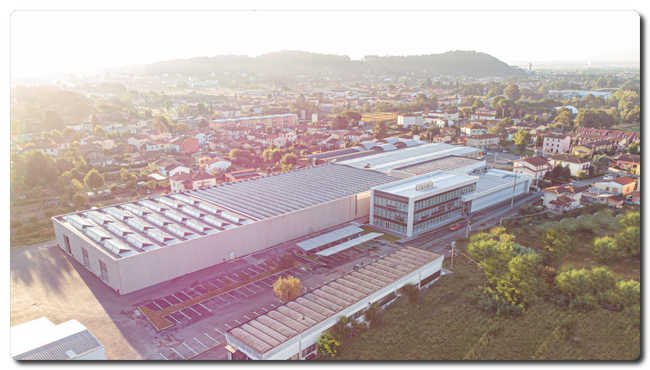
PMT ITALIA, based in Pinerolo, was born in 2000 but shares a long tradition of expertise and success as former subsidiary of Beloit Corporation. It was in fact, for over 50 years, the main European headquarters of the American group with the name of Beloit Italia. Thanks to its consolidated know-how and skills, PMT ITALIA has successfully operated in the tissue and paper market for a further twenty years.
With the entry of A.CELLI PAPER SPA, PMT ITALIA’s range of products will get fresh impetus through synergies with the organization and know-how of A.CELLI PAPER SPA. The specific and cutting edge technologies developed in the field of packaging papers, cardboard, printing, will be available for the group worldwide customers, and the Customer Service division will be restructured and strengthened as well, in order to guarantee continuity and reliability to customers operating with ex-Beloit / PMT ITALIA machineries.
«With this operation, carried out in a period of general uncertainty, we want to demonstrate the desire to guarantee cutting-edge technologies and timely assistance for Italian and foreign companies operating in the strategic sector of paper and tissue.» states Mauro Celli, shareholder of ITALIA TECHNOLOGY ALLIANCE «Maintaining this heritage in Italy is an important step that will bring benefit to the entire paper supply chain, including the district of Lucca.»
Södra to raise price of NBSK by USD 40 to USD 880/tonne
Södra Cell is increasing the price of its northern bleached softwood kraft (NBSK) pulp in Europe by $40/tonne to $880, effective 1 October.
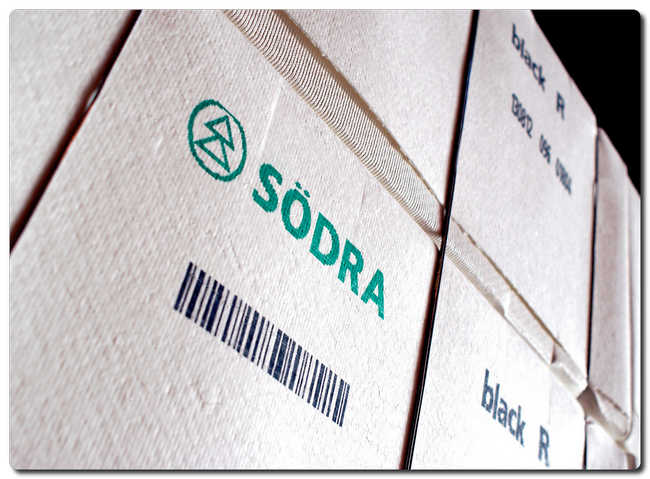
“We do recognize the challenges presented in the wake of Covid-19. Nevertheless, demand for our NBSK in Europe has stayed healthy over the summer, and lately we’ve seen distinct signs of China recovering. Our stocks are balanced, and as we head into a period where numerous global maintenance stops will restrict supply, we expect the overall supply chain to tighten up. Current net price of NBSK in Europe is not sustainable and an upward momentum on price is to be expected”. commented Henrik Wettergren, VP Marketing and Sales, Södra Cell.
Founded in 1938, Södra is Sweden’s largest forest-owner association, with 53,000 forest owners as its members. We conduct modern and responsible forestry, and operate state-of-the-art mills in which we process our raw material. In 2019, net sales amounted to SEK 23 billion and employees totalled 3,100. Through value-generating relationships and a long-term approach, Södra shows the way for the next generation of forestry.
GridBeyond Joins TAPPI to Support Wood, Pulp & Paper Businesses in Navigating Energy Markets
GridBeyond, the global leader in intelligent energy technology for C&I and Distributed Energy Resource Management (DERM), has joined TAPPI as a Sustaining Corporate Member.
TAPPI is the leading association for the worldwide pulp, paper, tissue, packaging and converting industries. GridBeyond supports large energy users, including wood, pulp and paper businesses, in improving their bottom line through new revenue streams, savings and operational efficiencies.
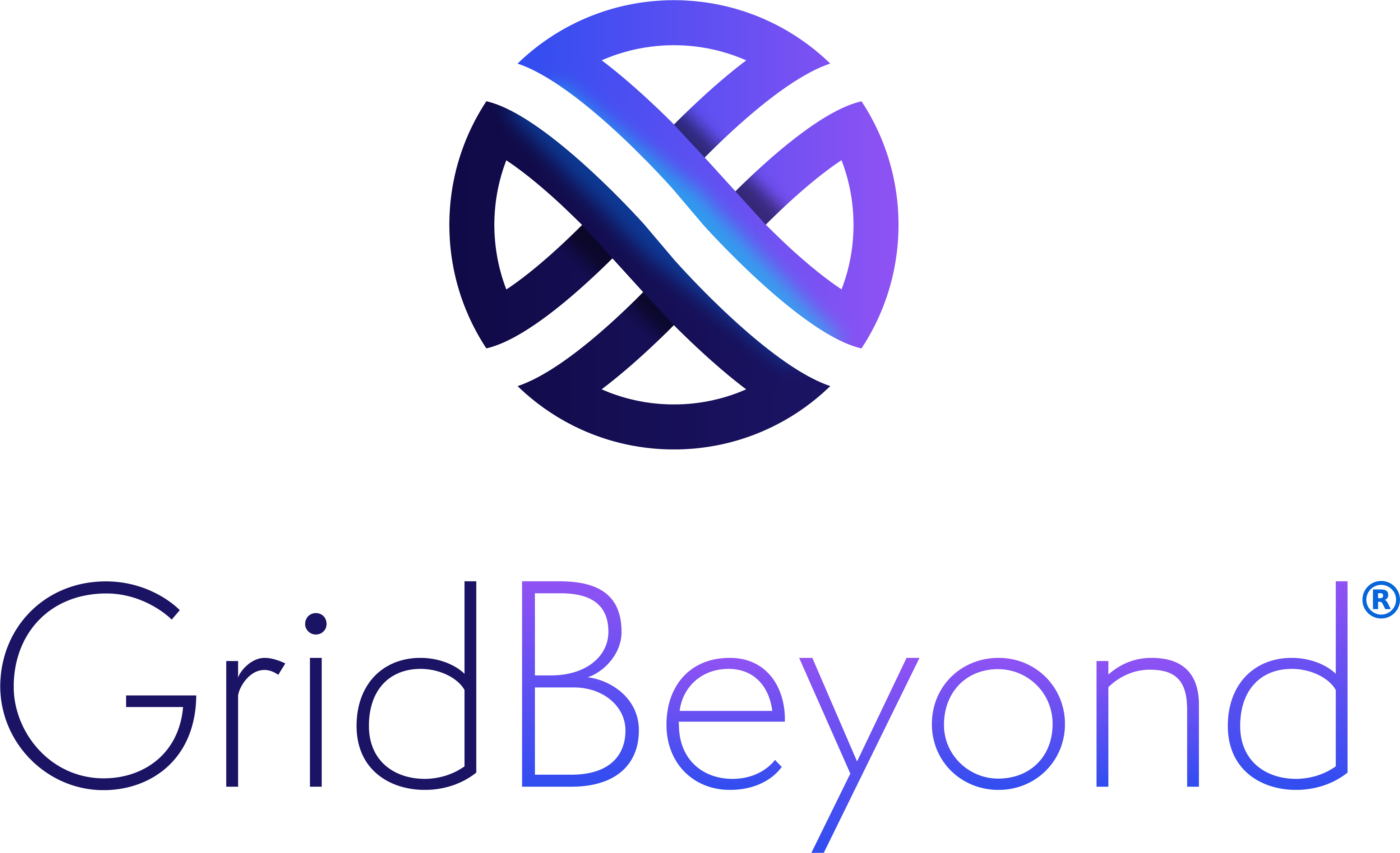 GridBeyond harnesses the power of AI technology to connect large energy consumers and their assets; including on-site demand, energy storage, generation and EV charging, to the award-winning Point platform. The platform enables participation in energy services including demand response, smart tariffs, energy trading and peak cost avoidance, and provides access to a range of monitoring tools to enhance business resilience and operational integrity.
GridBeyond harnesses the power of AI technology to connect large energy consumers and their assets; including on-site demand, energy storage, generation and EV charging, to the award-winning Point platform. The platform enables participation in energy services including demand response, smart tariffs, energy trading and peak cost avoidance, and provides access to a range of monitoring tools to enhance business resilience and operational integrity.
Wayne Muncaster, Vice-President for North America, commented:
“Energy is one of the largest costs for wood, pulp and paper mill operators and as such it needs to be carefully managed, especially during times of economic uncertainty. This is why we are excited to have joined TAPPI to support members with our expertise and energy market insights. As businesses look for ways to improve their bottom line and recover from the impact of the pandemic, energy markets provide opportunities to create new streams of income, enhanced savings and increased environmental credentials.
“Assets used by wood, pulp and paper businesses are typically highly flexible in their energy consumption, and therefore perfectly positioned to participate in energy services. By connecting debarkers, chippers, grinders, refiners, paper machines, on-site generation and storage, to our intelligent energy technology platform, businesses can access new revenue streams, cheaper power and increase their operational resilience. All without any impact on production or capital expenditure budget.”
Larry Montague, TAPPI President & CEO, commented:
“TAPPI’s Sustaining Members represent a wide range of exceptional companies, both from within and without our diversified industries.
“Visionary companies like GridBeyond understand the value of relationship building, as well as the types of scientific, technical and educational resources TAPPI offers their employees as they strive to dig deeper and share more about how energy creates opportunities for the industries we serve. We welcome them as a valued addition to the TAPPI family of Sustaining Members.”
Handling Tumultuous Times in the Tissue and Towel Market
The unfolding of the past several months has led to more unpredictability than any of us could have imagined. Stay-at-home orders, social distancing guidelines and consumer panic buying have created major irregularities in tissue and towel market dynamics and consumption patterns. These challenges also present a great opportunity to help tissue and towel producers adapt and respond to these sudden changes.
Pushing for Productivity
 As consumers around the world actively stockpiled supplies and household staple items, tissue makers were pushed to maximize production. In some countries, bath tissue sales increased by more than 50% during the early months of the pandemic. Though machine utilization rates spiked to nearly 100%, there were still difficulties meeting demand. For Solenis, being part of a larger effort to help customers increase output through higher production efficiency was an opportunity to transform our expertise and capabilities into tangible benefits for our customers and, ultimately, for consumers who rely on their products every day. Our teams partnered with tissue makers across the globe to help optimize wet-end process and coating stability to improve productivity and paper quality. These efforts have helped multiple customers achieve record machine speeds to meet the unexpected surge in demand.
As consumers around the world actively stockpiled supplies and household staple items, tissue makers were pushed to maximize production. In some countries, bath tissue sales increased by more than 50% during the early months of the pandemic. Though machine utilization rates spiked to nearly 100%, there were still difficulties meeting demand. For Solenis, being part of a larger effort to help customers increase output through higher production efficiency was an opportunity to transform our expertise and capabilities into tangible benefits for our customers and, ultimately, for consumers who rely on their products every day. Our teams partnered with tissue makers across the globe to help optimize wet-end process and coating stability to improve productivity and paper quality. These efforts have helped multiple customers achieve record machine speeds to meet the unexpected surge in demand.
Beyond great chemistry and applications, many of our customers have also leveraged the Solenis OPTIX™ Applied Intelligence adaptive analytics platform to optimize their papermaking processes and meet quality targets. We have documented successes in reducing off-spec tissue production by helping customers significantly improve wet tensile target adherence and reduce variability.
Managing Fiber Supply Challenges
Tissue made from recovered fiber accounts for approximately 30% of global production. Over the past few months, the recovered paper market has experienced extreme volatility. An unprecedented surge in tissue and packaging board demand, combined with reductions in office wastepaper and old corrugated cardboard availability, has tightened supply.
This has forced some tissue makers to switch from higher quality office waste to lower quality alternatives, which can result in lower strength and increased wet-end contamination. We have collaborated with a number of these tissue manufacturers, helping them evaluate and modify their dry-strength and contaminant control solutions to overcome these challenges.
An increasing number of tissue makers are also producing tissue made from non-wood alternative fiber, such as bamboo, which is not related to the pandemic per se, but it is exacerbating some of the other challenges affecting the industry. Non-wood tissue accounts for approximately 10% of global tissue production. Though more common right now in the Asia Pacific market, non-wood tissue will continue to expand across the other regions. In fact, several recently launched direct-to-consumer tissue brands are selling 100% bamboo tissue outside of Asia.
This type of tissue is seen as a more environmentally friendly and sustainable alternative. However, non-wood pulps typically contain higher levels of contaminants, such as silica and fines, which create Yankee coating challenges related to hardness, dusting and abrasiveness. Solenis has partnered with tissue makers to address challenges related to improving softness/hand feel, machine runnability and extending doctor blade life.
Preparing for New Paper Towel Opportunities
In the wake of the global pandemic, there is a renewed emphasis on hand hygiene that has resulted in more hand washing and hand drying occasions. Many establishments are also replacing hot and jet air dryers with paper towel dispensers in public restrooms. In addition, experts recommend cleaning and disinfecting high-touch surfaces at least once a day to minimize the risk of COVID-19 transmission via surface contact. All of these trends are driving an increase in paper towel usage and pushing manufacturers to enhance their product requirements.
Solenis is well-positioned to help tissue makers produce more — and higher quality — paper towels. Our extended network of field professionals and application experts collaborate directly with paper producers to customize solutions to their unique needs. At the same time, our global manufacturing footprint allows us to deliver a variety of wet- and dry-strength products efficiently and cost-effectively to any mill, anywhere in the world. Our additives have enabled towel producers in all regions to enhance product quality in the areas of wet strength (for improved durability when used with disinfectants/cleaners), absorbency and scrubbability (to ensure the towel can clean a wider surface area).
The New “Normal”
Post-COVID-19, the world will likely operate very differently. Suppliers must evolve as much as the customers they serve, which is why Solenis is actively working to enhance, extend and redefine our capabilities to align with the changing world. We have an exciting pipeline of new activities planned for the next 12 months and look forward to helping producers navigate through these tumultuous times.
About the Author:
Richard Cho has held the position of global marketing director for Solenis Tissue & Towel since 2016. In this role, he is responsible for developing the global strategy, driving the innovation pipeline and leading digital communication for this vertical market. Prior to Solenis, Richard was the director of global marketing for Industrial Specialties at Ashland. Earlier in his career, Richard held brand management positions at Diageo and Campbell Soup Company. He holds a Master of Science from the University of Massachusetts at Amherst.
